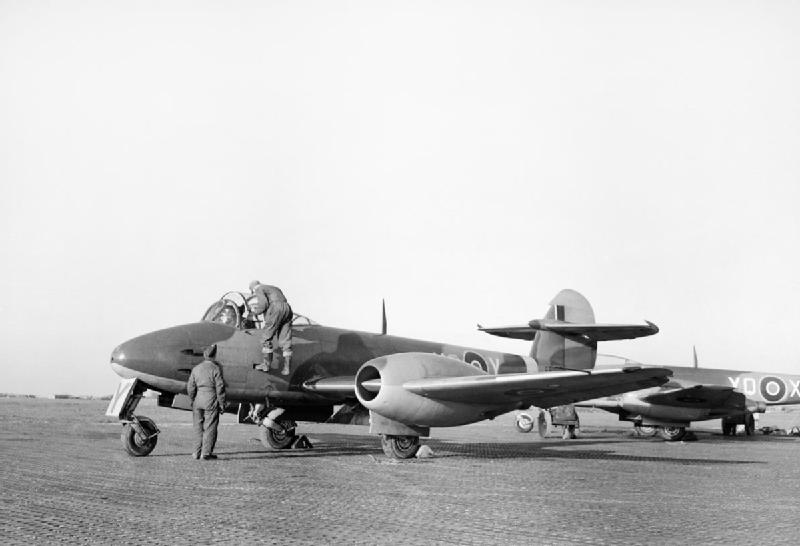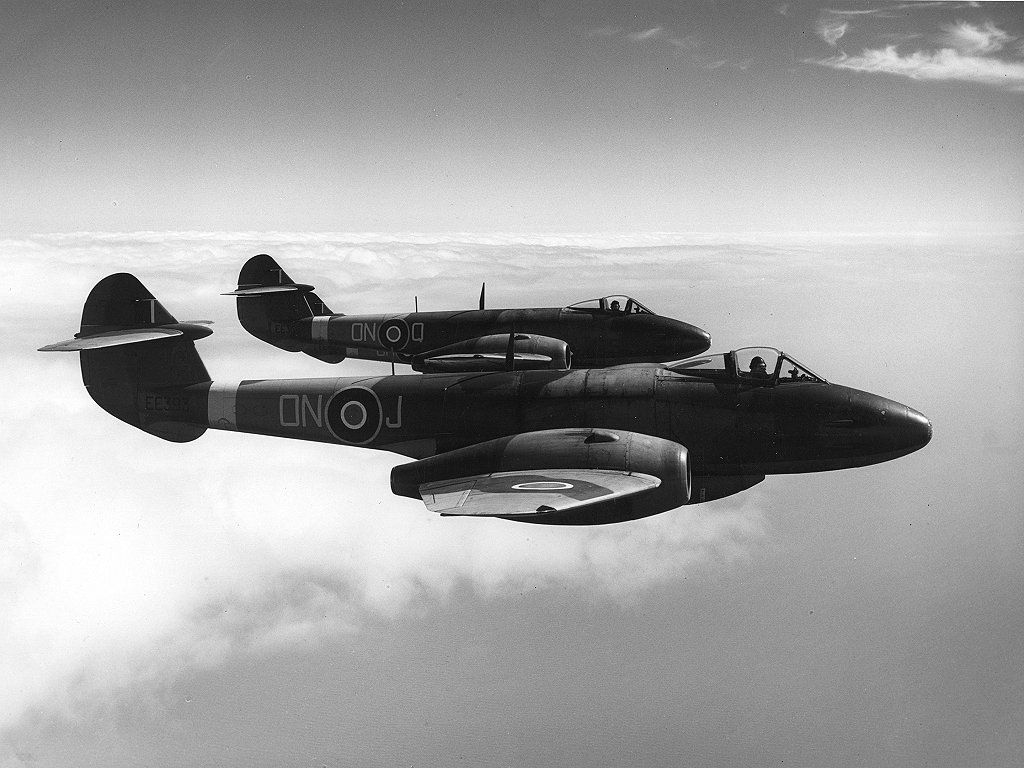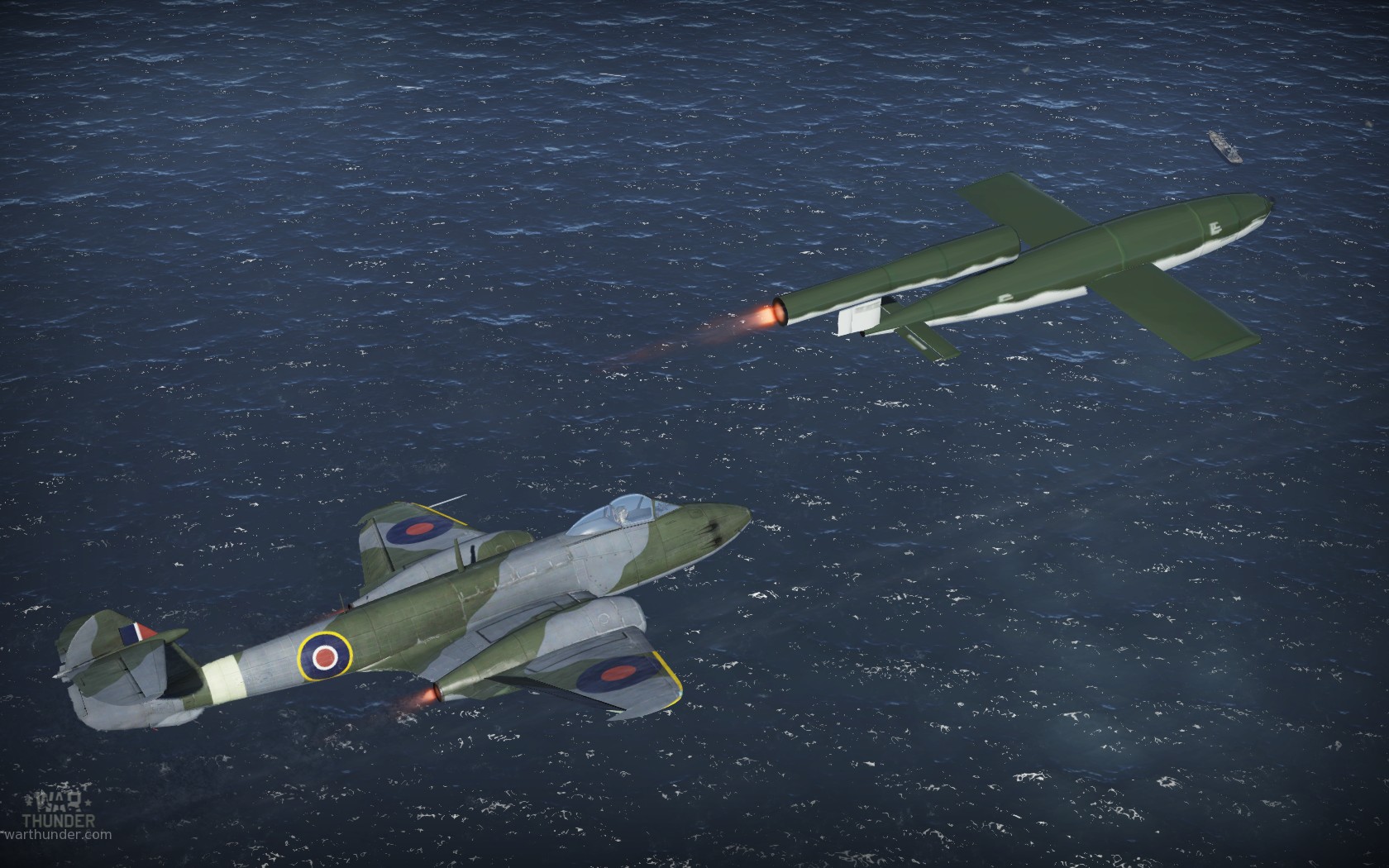
- For PC
- For MAC
- For Linux
- OS: Windows 10 (64 bit)
- Processor: Dual-Core 2.2 GHz
- Memory: 4GB
- Video Card: DirectX 11 level video card: AMD Radeon 77XX / NVIDIA GeForce GTX 660. The minimum supported resolution for the game is 720p.
- Network: Broadband Internet connection
- Hard Drive: 23.1 GB (Minimal client)
- OS: Windows 10/11 (64 bit)
- Processor: Intel Core i5 or Ryzen 5 3600 and better
- Memory: 16 GB and more
- Video Card: DirectX 11 level video card or higher and drivers: Nvidia GeForce 1060 and higher, Radeon RX 570 and higher
- Network: Broadband Internet connection
- Hard Drive: 75.9 GB (Full client)
- OS: Mac OS Big Sur 11.0 or newer
- Processor: Core i5, minimum 2.2GHz (Intel Xeon is not supported)
- Memory: 6 GB
- Video Card: Intel Iris Pro 5200 (Mac), or analog from AMD/Nvidia for Mac. Minimum supported resolution for the game is 720p with Metal support.
- Network: Broadband Internet connection
- Hard Drive: 22.1 GB (Minimal client)
- OS: Mac OS Big Sur 11.0 or newer
- Processor: Core i7 (Intel Xeon is not supported)
- Memory: 8 GB
- Video Card: Radeon Vega II or higher with Metal support.
- Network: Broadband Internet connection
- Hard Drive: 62.2 GB (Full client)
- OS: Most modern 64bit Linux distributions
- Processor: Dual-Core 2.4 GHz
- Memory: 4 GB
- Video Card: NVIDIA 660 with latest proprietary drivers (not older than 6 months) / similar AMD with latest proprietary drivers (not older than 6 months; the minimum supported resolution for the game is 720p) with Vulkan support.
- Network: Broadband Internet connection
- Hard Drive: 22.1 GB (Minimal client)
- OS: Ubuntu 20.04 64bit
- Processor: Intel Core i7
- Memory: 16 GB
- Video Card: NVIDIA 1060 with latest proprietary drivers (not older than 6 months) / similar AMD (Radeon RX 570) with latest proprietary drivers (not older than 6 months) with Vulkan support.
- Network: Broadband Internet connection
- Hard Drive: 62.2 GB (Full client)
On July 12th 1944, after the six leading pilots of 616 Squadron had completed conversion training, the Gloster Meteor F1 became the allies first operational combat jet after a delayed entry almost 3 months after its German counterpart; The Messerschmitt Me 262. A total of 14 F1’s were the initial batch delivered to RAF Culmhead and began operations that day.
 |
Meteor F1s stationed at RAF Manston,
|
A week later and the Meteors were immediately moved to the Kent coast at RAF Manston. As they were forbidden to ever cross the channel into captured territory though fear of the aircraft falling into the German’s hands, the F1’s were deployed against the V1 “Buzzbombs” or “Doodlebugs” as they became known. Taking over the role from the Spitfire XIV and Tempest, the Meteor was much better suited at this and it provided a good countermeasure to the threat presented by the Vengeance weapons.
On July 27th, three patrolling Meteors were the first to see combat, facing V1’s crossing the Channel towards England. However due to the Hispano cannons jamming issues, it was not until August the 4th that the first V1 “Kill” was made, remarkably not even using the cannons. Flight Officer D “Dixie” Dean in the Meteor F Mk 1 EE216 managed to tip the V1 over using the wingtip to wingtip method as the Meteor could reliably keep up with the V1s at a stable pace.
 |
Meteor F Mk 3’s on patrol
|
Two days earlier on July 25th, the Me 262 had also had its operational combat debut after an encounter with a Photo Reconnaissance Mosquito from No. 554 Squadron. The Gloster Meteor and Messerschmitt Me 262 never saw each other in combat due to restrictions on both sides about where the aircraft were allowed to operate. As such the Meteor had a very short and brief combat spell during the war years with only a total of 20 F1s built, solely equipping 616 Squadron. By late 1944/45 once the V1 thread had died out the unit began aiding in the training of bomber and fighter crews on how to counter jets in air-to-air combat as the threat of the 262 grew larger and larger the further the allies advanced.
By December 18th 1944 616 squadron began to receive the F Mk 3 model to replace its F Mk 1’s. Generally much improved based on the feedback 616 provided from the sorties with the F1’s, it incorporated many new features as well as better engines. Finally on January 20th 1945, the decision was made to deploy the new F3's to the continent to protect airbases in liberated territory. The only “Jet combat” that was ever encountered by the Meteors was on the 19th March when a Ar 234 formation attacked the airfield where the Meteors were stationed in Belgium.
In the coming years, the Gloster Meteor would become the backbone of RAF fighter command in its F4 and F8 variations. Used widely by other nations around the world in post war years, the Meteor ultimately bowed out of RAF frontline service with the advent of swept wing aircraft such as the Hawker Hunter, Supermarine Swift and Gloster Javelin.
The War Thunder Team




